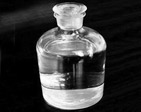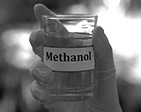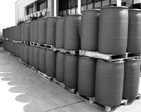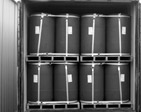Methanol
Methanol as a colorless fairly volatile liquid with a faintly sweet pungent odor like that of ethyl alcohol. Completely mixes with water. The vapors are slightly heavier than air and may travel some distance to a source of ignition and flash back.
Data Sheet
| Test | Spec. | Method |
| Purity (w%) | Min 99.85 | ASTM E-346 |
| Water (w/w%) | Max 0.1 | ASTM E-1064 |
| Ethanol (w/w%) | Max 0.001 | ASTM E-346 |
| Specific Gravity @20/20 °C | Max 0.7928 | ASTM D-4052 |
| Acetone (w/w%) | Max 0.002 | ASTM E-346 |
| Acetone & Aldehydes (w/w%) | Max 0.003 | ASTM E-346 |
| Permanganate Time Test | No color discharge in 50 min. | ASTM D-1363 |
| Non Volatile Matter (mg/1000 ml) | Max 1mg/100 ml | ASTM D-1353 |
| Distillation range (°C) | Max 1 °C to include 64.6 + 0.1 °C | ASTM D-1078 |
| Color PT-Co scale | Max 5 | ASTM D-1209 |
| Carbonizable substance color | Max 30 | ASTM D-1209 |
| Appearance & Hydrocarbons | free of suspended matters and sediments | – |
| Odor | Non-Residual | ASTM D-1296 |
| Alkalinity as NH_3 (w/w%) | Max 0.003 | ASTM D-1614 |
| Acidity as CH_3COOH (w/w%) | Max 0.003 | ASTM E-34 |




Packaging
Drums
Transportation
- Rail
- Land
- Sea
Application
- Production of acetic acid and formaldehyde. Used as an antifreeze (an additive that is used to lower the freezing point of a liquid) in many pipelines.
- Sewage treatment plants since it serves as a carbon-based food source for denitrifying bacteria.
- A mixture of water and methanol is used in high-performance engines in order to increase power
- Production of hydrocarbons, olefins, and some aromatic compounds

